How Singapore’s Oldest Roads Shaped the Nation
Singapore’s history is woven into its streets. Some of the city’s oldest roads date back centuries, holding stories of trade, colonial rule, and urban transformation. These roads are more than just routes—they are living records of the nation’s past, shaping its development into a global city. Understanding their origins reveals how they influenced commerce, migration, and even culture.
Roads That Paved the Way for Modern Singapore
South Bridge Road: A Legacy of Trade and Migration
One of Singapore’s earliest roads, South Bridge Road, dates back to the early 1800s. Built by the British, it became a key commercial artery connecting the bustling port to Chinatown. Merchants, traders, and settlers from China, India, and beyond walked these streets, shaping the neighborhood into a thriving economic hub.
The road also housed some of the city’s most iconic landmarks, such as the Sri Mariamman Temple—the oldest Hindu temple in Singapore. Nearby, the Jamae Mosque and Thian Hock Keng Temple reflected the diversity of early settlers. Walking down South Bridge Road today, echoes of the past remain visible in the well-preserved shophouses and heritage buildings.
High Street: Singapore’s First Business Hub
Before towering skyscrapers dominated the skyline, High Street was Singapore’s premier business district. Established in the 1820s, it was the go-to destination for government offices, law firms, and luxury retail stores.
Government officials, lawyers, and businessmen frequented the area, making it synonymous with prestige. Though many original buildings have made way for modern structures, the significance of High Street in Singapore’s economic foundation remains undeniable.
Bukit Timah Road: The Longest and Most Historic
Stretching over 25 kilometers, Bukit Timah Road is one of the oldest and longest roads in Singapore. In the 1800s, it was a major transport route for goods such as rubber, gambier, and spices, connecting plantations to the trading hub at the Singapore River.
Bukit Timah Road was also a key location during World War II. The Japanese army advanced through this route during the Battle of Singapore in 1942. Today, remnants of war history, including old bunkers and the historic Ford Factory, serve as reminders of the road’s strategic importance.
Key Moments in the History of Singapore’s Roads
- 1819: Stamford Raffles’ arrival led to the planning of Singapore’s first roads, aimed at supporting trade and settlement. Before this, paths were largely informal trails created by indigenous communities. With the establishment of British rule, structured road planning began, facilitating commerce and mobility.
- 1822: The Jackson Plan, commissioned by Raffles, divided the city into ethnic quarters, influencing road development in Chinatown, Kampong Glam, and the European district. This structured planning ensured organized urban growth and efficient allocation of land for different communities.
- 1860s: Bukit Timah Road expanded significantly as Singapore’s plantation economy boomed. As gambier, pepper, and rubber became key exports, improved infrastructure was essential for transporting these goods to port areas for global trade.
- 1920s-1930s: High Street emerged as Singapore’s commercial heart, lined with department stores and essential businesses. This period saw rapid modernization with the introduction of electric streetlights and improved drainage systems, making the roads more accessible and efficient for traders and shoppers.
- 1942: The Japanese invasion of Singapore utilized Bukit Timah Road as a key strategic entry point. The battle fought along this road marked a crucial moment in Singapore’s wartime history, leading to British surrender and the start of Japanese occupation.
The Evolution of These Roads
From Dirt Paths to Modern Avenues
Singapore’s oldest roads were originally dirt paths carved through dense forests and swamps. Over time, as the city grew, these roads were paved and expanded to accommodate increasing traffic. Bridges, streetlights, and modern infrastructure transformed them into the structured avenues seen today.
In the early days, rickshaws and bullock carts dominated the roads, with traders navigating through bustling marketplaces. With urban development, these roads saw the introduction of trams, followed by automobiles, further changing the face of transportation. Today, former dirt paths have evolved into multi-lane roads, seamlessly integrated with Singapore’s MRT and bus networks.
For instance, South Bridge Road evolved from a muddy track into a vibrant commercial street. Similarly, Bukit Timah Road, once surrounded by plantations, is now lined with educational institutions, residential estates, and technology hubs, showcasing the transformation from agrarian to urban land use.
Influence on Urban Planning
Many of Singapore’s early roads played a role in shaping the city’s districts. The Jackson Plan, introduced in 1822, laid out a structured grid that defined key areas such as Chinatown, Little India, and Kampong Glam. Roads were not just functional—they reflected the social and economic activities of different communities.
The importance of these roads extended beyond commerce; they also influenced cultural interactions and social structures. The positioning of key roads near waterways allowed for efficient transport of goods and people, boosting the city’s economy.
Some roads were intentionally widened or rerouted to support economic growth. For instance, Orchard Road, initially a small plantation path, developed into one of Asia’s most famous shopping streets due to deliberate urban planning. The construction of expressways in the mid-20th century reduced traffic on historic streets, preserving their heritage value while maintaining efficient transport networks.
Preserving Singapore’s Historic Roads
Balancing Heritage with Modern Development
While Singapore is known for its rapid urbanization, efforts have been made to preserve the history of its oldest roads. Conservation programs ensure that key landmarks along these streets remain intact. Shophouses along South Bridge Road, for example, are carefully restored to maintain their architectural charm while serving modern businesses.
Preservation initiatives have also included digital archives, historical plaques, and heritage trails that allow both locals and tourists to engage with Singapore’s past. Walking tours and exhibitions highlight how these roads have evolved, providing deeper insights into their historical significance.
Additionally, historical markers and guided tours educate residents and visitors about the significance of these roads. The National Heritage Board has designated several locations along these routes as heritage sites, ensuring their stories continue to be shared with future generations.
Roads as Cultural Landmarks
Beyond their practical use, these roads have become cultural symbols. Events such as the Chinese New Year celebrations in Chinatown or heritage festivals along Kampong Glam’s streets highlight the ongoing cultural significance of these historic routes.
Singapore’s commitment to preserving these roads demonstrates the balance between honoring the past and embracing the future. While the landscape continues to evolve, the footprints of history remain embedded in its streets.
Why These Roads Matter Today
The oldest roads in Singapore are more than just historical footnotes—they continue to shape the city. They connect communities, preserve heritage, and offer glimpses into a time when Singapore was a humble trading post. Walking down these streets today is a reminder of the resilience and growth that define the nation.
Understanding the past through these roads helps deepen appreciation for Singapore’s journey from a colonial settlement to a modern metropolis. These streets, once trodden by traders, settlers, and soldiers, now serve as pathways to the future, carrying the legacy of the generations before.
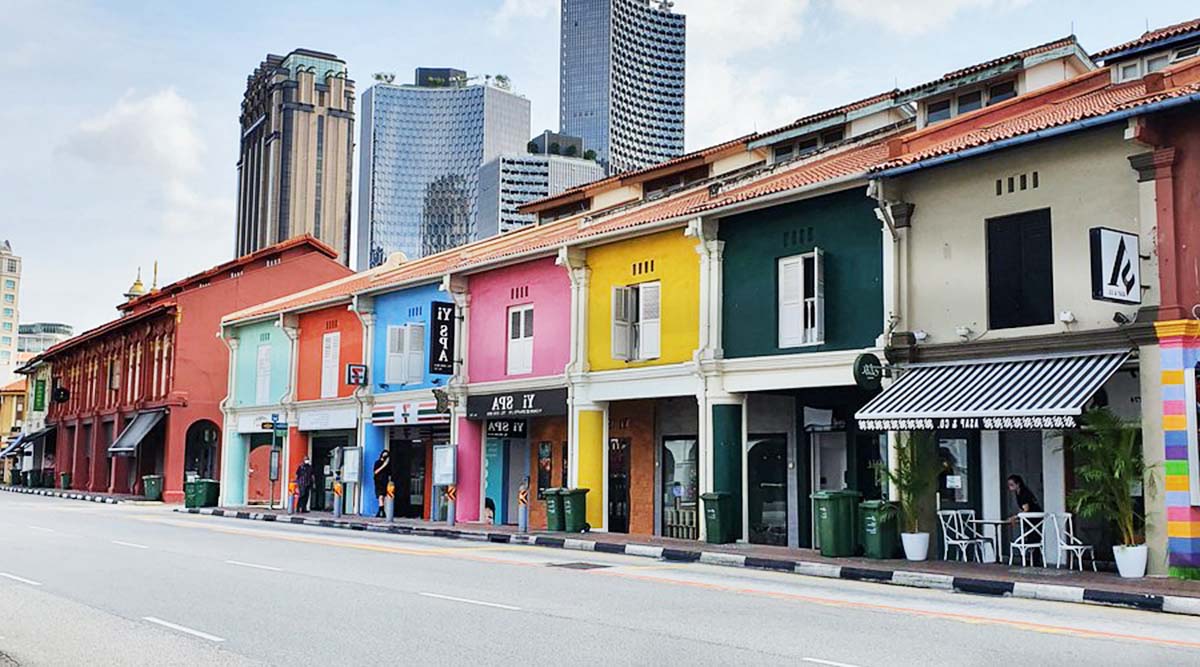





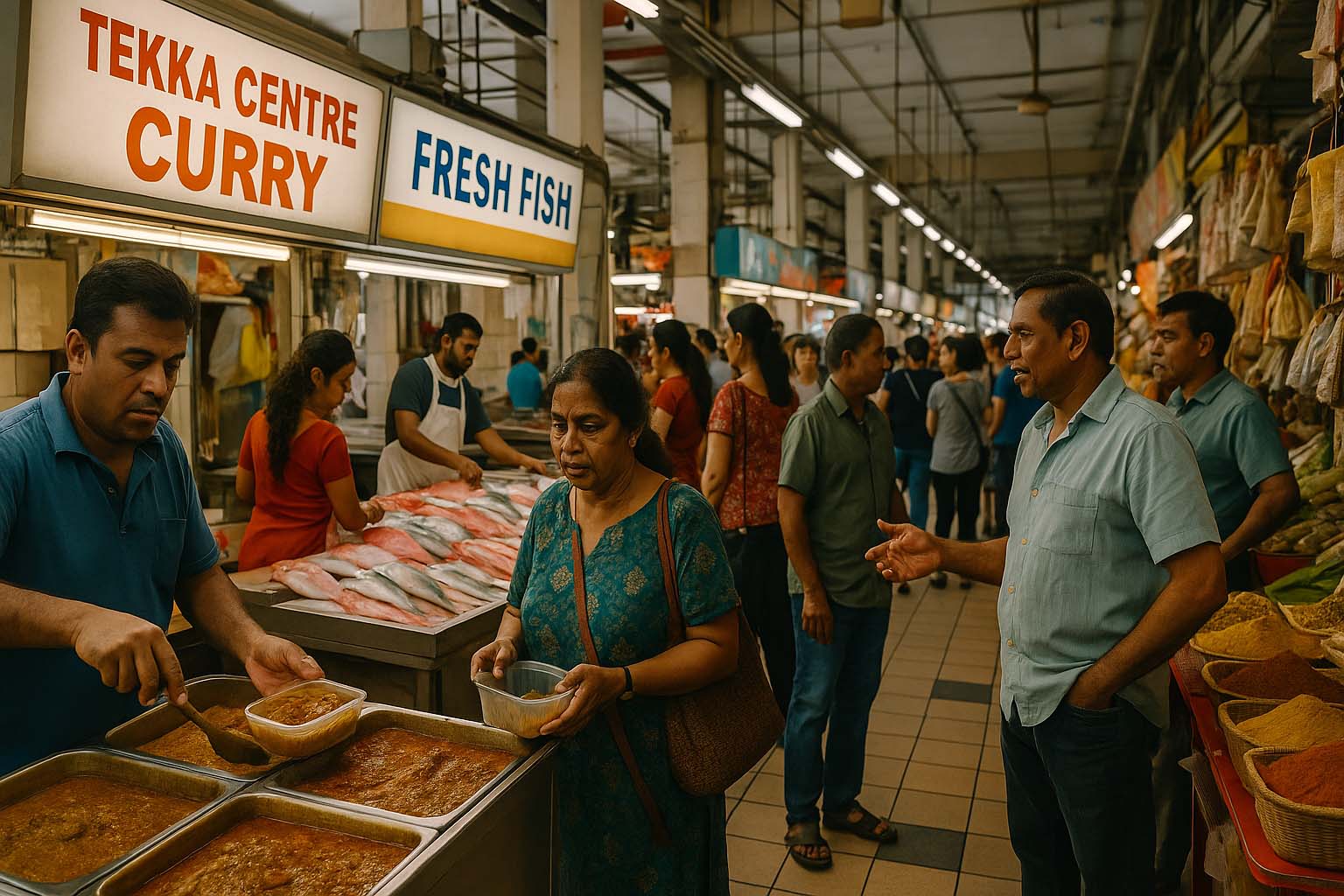
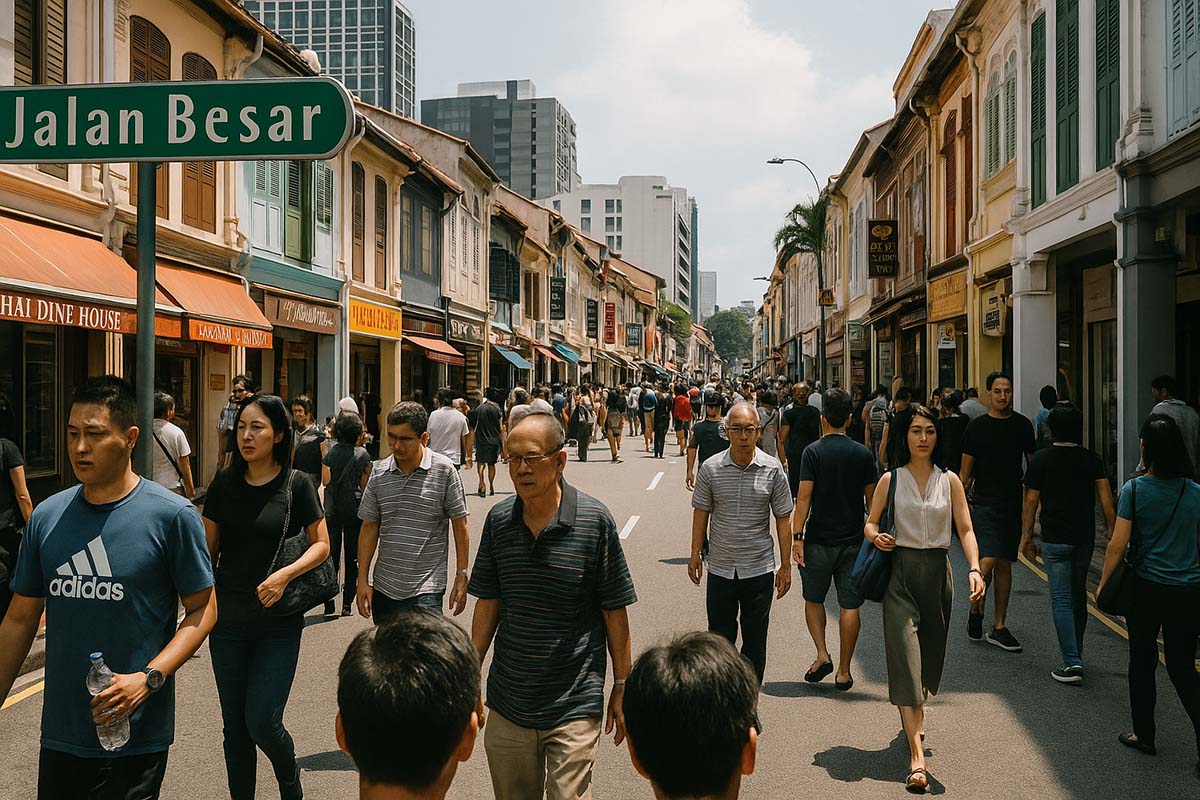
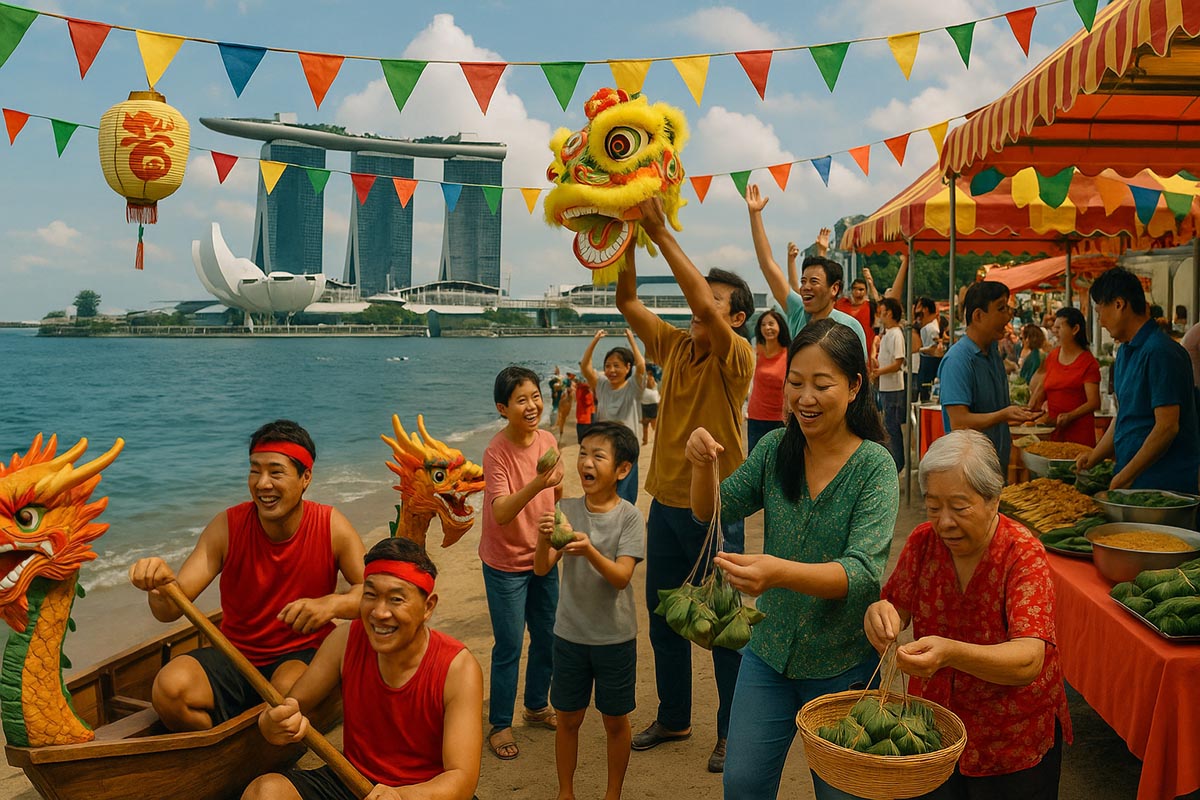
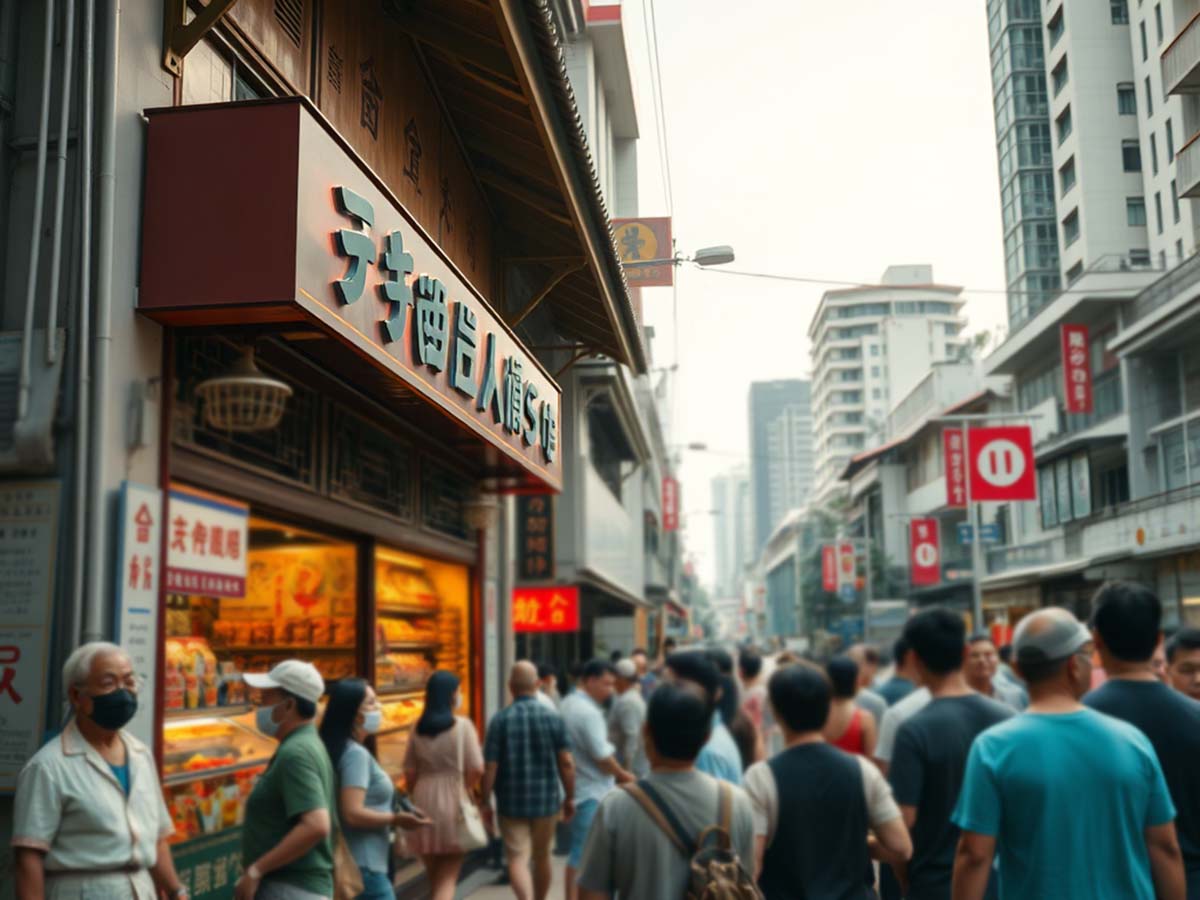




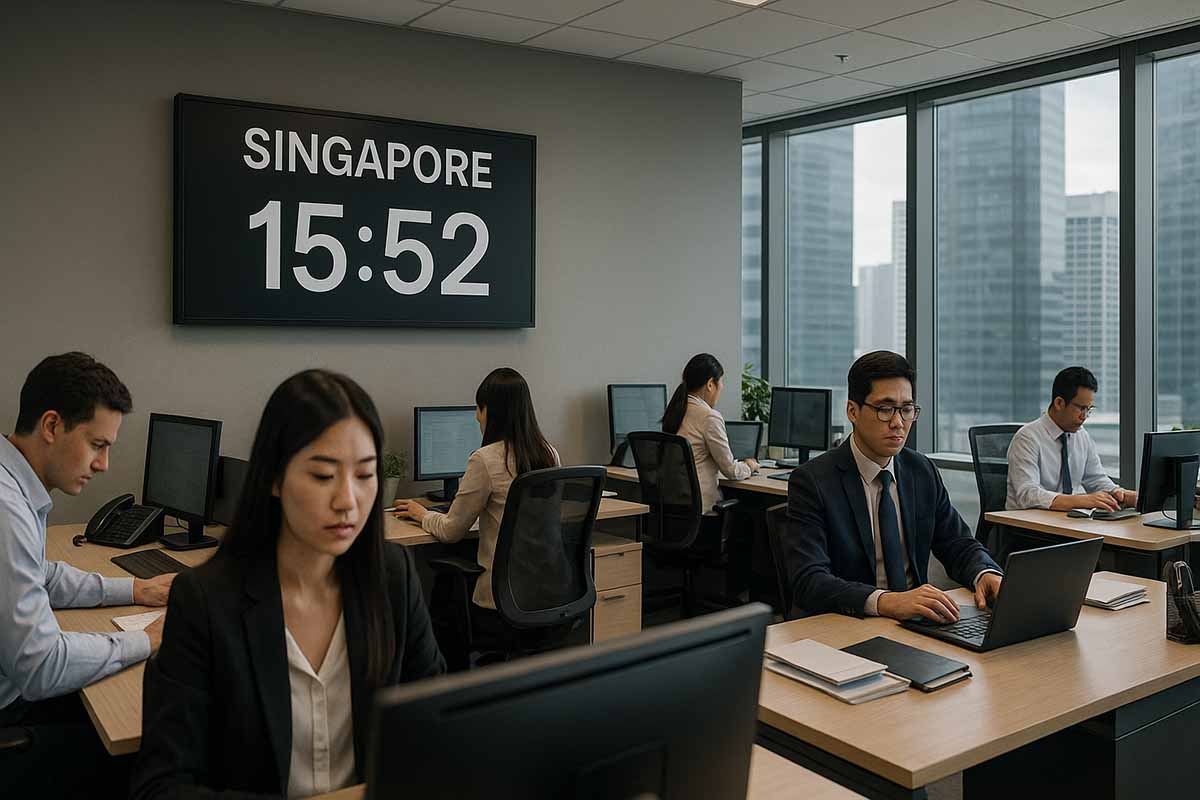
Leave a Reply